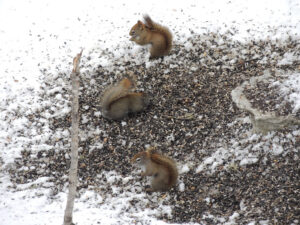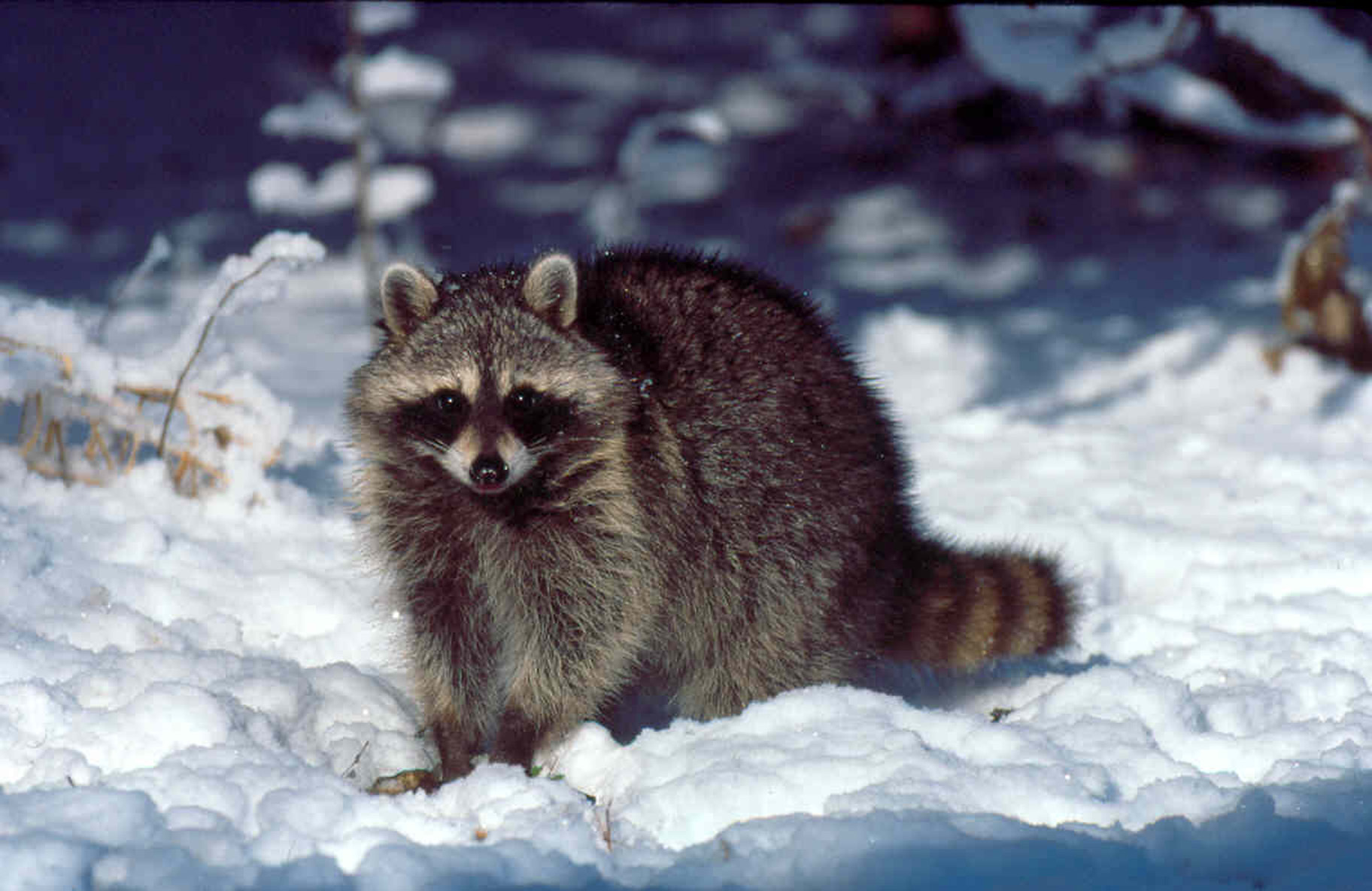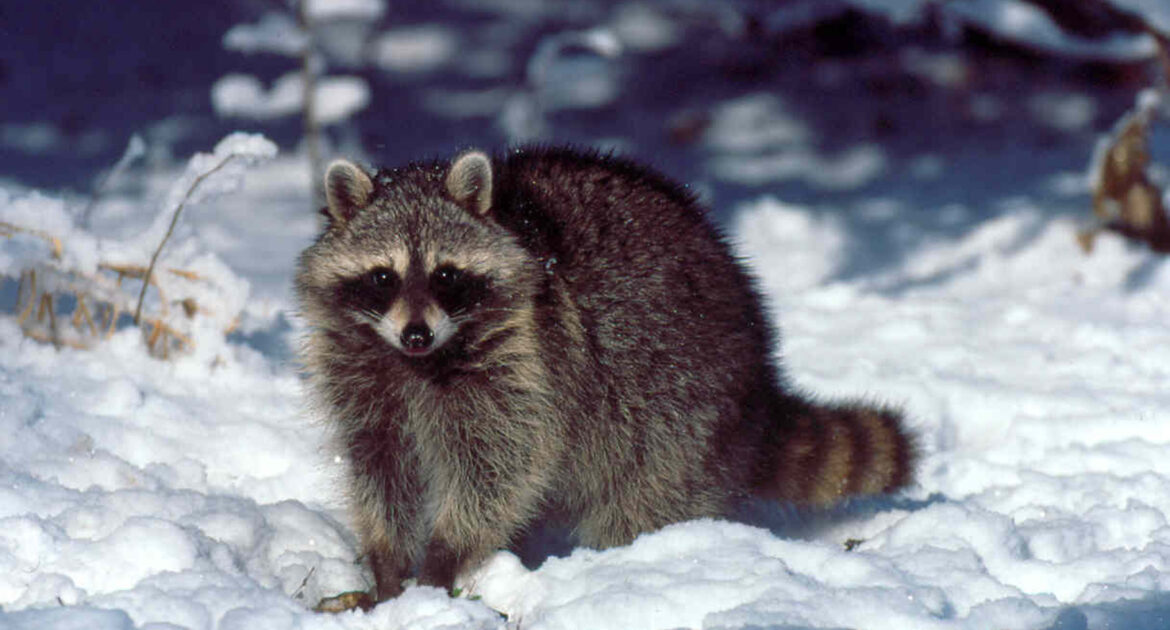While many types of wildlife thrive during the spring and summer, you may see noticeable changes in the appearance and habits of wild animals as winter approaches. You will likely see fewer wild animals during the winter months, and the ones you do see may look much different than they do during the summer months.
Animals have adapted to surviving during evolving temperatures. Understanding how different types of wildlife prepare for winter in Whitby can help you anticipate possible issues with home infestations. Skedaddle Humane Wildlife Control is ready to help with wildlife removal in Whitby if animals enter your home in search of shelter from the elements during the winter months. Here are some things you may notice as wild animals prepare for winter.
Appearance Changes
Many animals rely on the colour of their fur to serve as camouflage and protect them from predators. Colder weather causes many of these fur coats to change colours to adapt to the evolving environment. Some animals grow white fur to blend in with snow, while others turn more gray in appearance to help them blend in with a leafless environment.
Other animals look thicker and fluffier as winter approaches. Some may be eating more foods to prepare for scarcity during the winter, and others start to grow thicker fur to protect them from frigid temperatures.
Stock Up On Food
It’s no secret that food sources are more abundant during the spring and summer, so as winter approaches, many types of wildlife start preparing for cold weather by stockpiling food. Many mammals eat as much as possible and start to put on layers of fat that serve as insulation from the frigid temperatures. Other animals, such as squirrels and honey bees, store away food that they can use during the winter.

Migration
Winter temperatures are milder as you get closer to the equator. Many animals prepare for the winter months by migrating south. Birds and butterflies are some of the most common animals that migrate each year. They move to an environment where food is more abundant because of the warmer temperatures, and as spring approaches in the north, they return home to resume their normal lifestyles throughout the rest of the year.
Hibernation
Many creatures have the remarkable ability to hibernate during the winter months. Some animals fall into a deep sleep that lasts for months. They only emerge from their dens when spring approaches and the temperatures become warmer. Other animals sleep deeply and only leave their dens to eat. By staying tucked in and sleeping through the majority of the cold months, animals can save energy and survive on less food.
How To Keep Wild Animals Out of Your Home During Winter
As winter approaches and you start seeing fewer types of wildlife on your property, you may wonder how animals adapt to winter. Unfortunately, many types of wild animals seek shelter from the elements inside your home. You can take measures to deter them by removing potential sources of food and eliminating places to nest or den, but you often need to hire an expert for humane removal to resolve the problem.
Call Skedaddle for Help With Wildlife Removal in Whitby
As various types of wildlife start to prepare for the winter months, they may move into your house in search of shelter from the elements. If you have any type of wild animal living in your home, it’s important to start removal efforts immediately. Skedaddle Humane Wildlife Control can remove all types of wild animals without harming the creatures, so contact us today to schedule an appointment for wildlife removal services.





